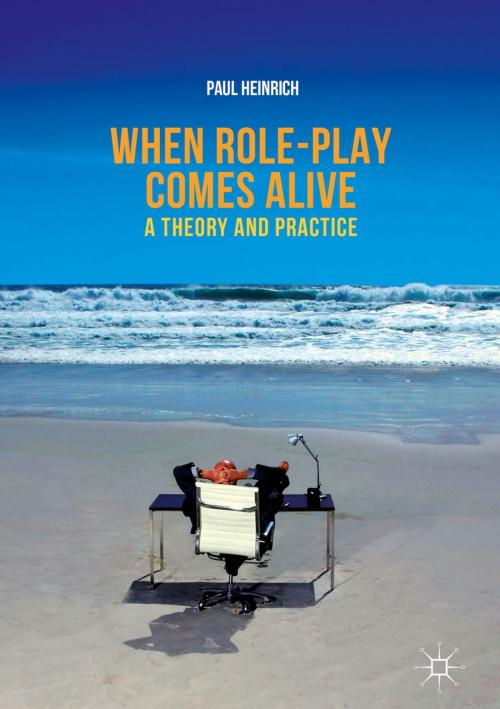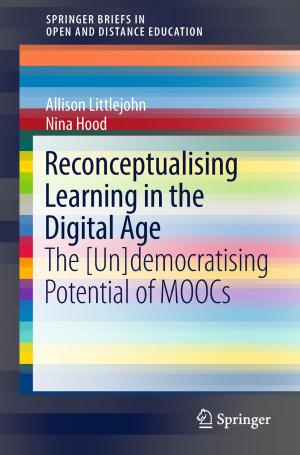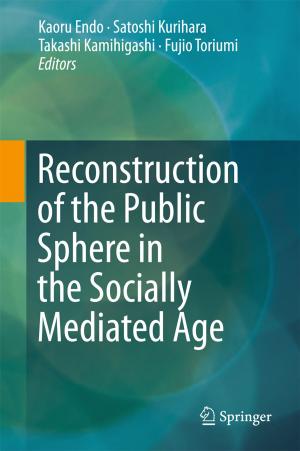When role-play comes alive
A Theory and Practice
Nonfiction, Entertainment, Theatre, Health & Well Being, Medical, Social & Cultural Studies, Social Science| Author: | Paul Heinrich | ISBN: | 9789811059698 |
| Publisher: | Springer Singapore | Publication: | September 18, 2017 |
| Imprint: | Palgrave Macmillan | Language: | English |
| Author: | Paul Heinrich |
| ISBN: | 9789811059698 |
| Publisher: | Springer Singapore |
| Publication: | September 18, 2017 |
| Imprint: | Palgrave Macmillan |
| Language: | English |
This book harnesses the theory and practice of dramatic arts for the applied use in communication education. It introduces readers to educational role-play and how to use it, arguing that complete immersion is crucial to successful learning. Educational role-play sprang into life in many places including the medical world in the 1960s. Now, fifty years later, the field has grown exponentially across the world. Heinrich discusses how through role play interactions become more authentic, discussion becomes more focused and people take risks, and grow. Early chapters in Part I focus on theory, show how and why role-play works, and introduce the key performative factors of aesthetic distance, defamiliarization, framing, and focus that produce its dynamism. Chapters in Part II discuss how these ideas inform every aspect of role-play practice, offer practical guidance on designing and running scenarios, how to be more confident and mindful as player or facilitator, and provide a wide array of techniques to handle challenging situations. Most of the examples are drawn from medical communication, but the insights and techniques are equally applicable to other fields such as business, law, policing, and the military. The book will be of interest to educators, workplace trainers and managers, facilitators, role-play actors, and scholars interested in role-play performance.
This book harnesses the theory and practice of dramatic arts for the applied use in communication education. It introduces readers to educational role-play and how to use it, arguing that complete immersion is crucial to successful learning. Educational role-play sprang into life in many places including the medical world in the 1960s. Now, fifty years later, the field has grown exponentially across the world. Heinrich discusses how through role play interactions become more authentic, discussion becomes more focused and people take risks, and grow. Early chapters in Part I focus on theory, show how and why role-play works, and introduce the key performative factors of aesthetic distance, defamiliarization, framing, and focus that produce its dynamism. Chapters in Part II discuss how these ideas inform every aspect of role-play practice, offer practical guidance on designing and running scenarios, how to be more confident and mindful as player or facilitator, and provide a wide array of techniques to handle challenging situations. Most of the examples are drawn from medical communication, but the insights and techniques are equally applicable to other fields such as business, law, policing, and the military. The book will be of interest to educators, workplace trainers and managers, facilitators, role-play actors, and scholars interested in role-play performance.















